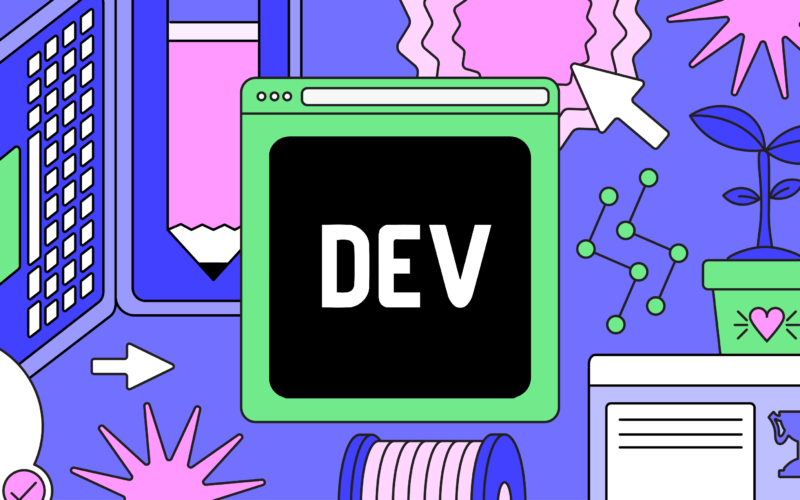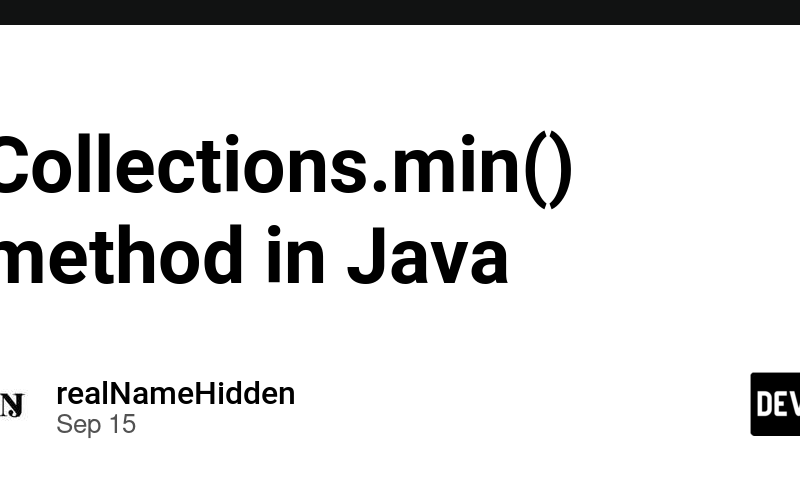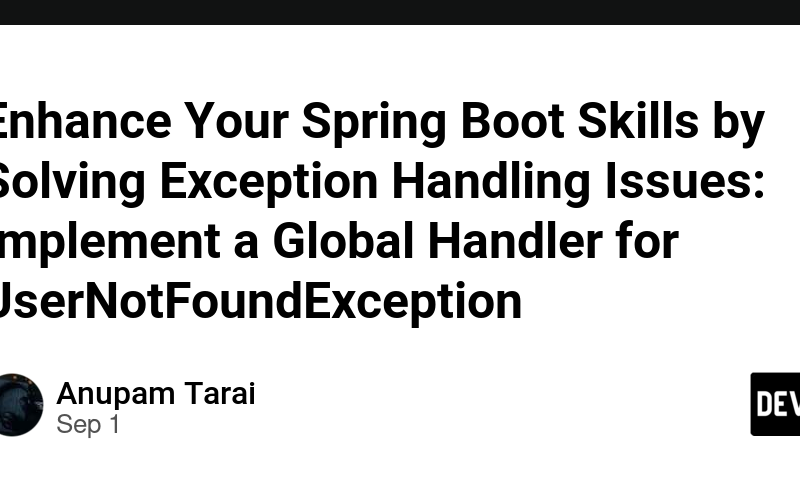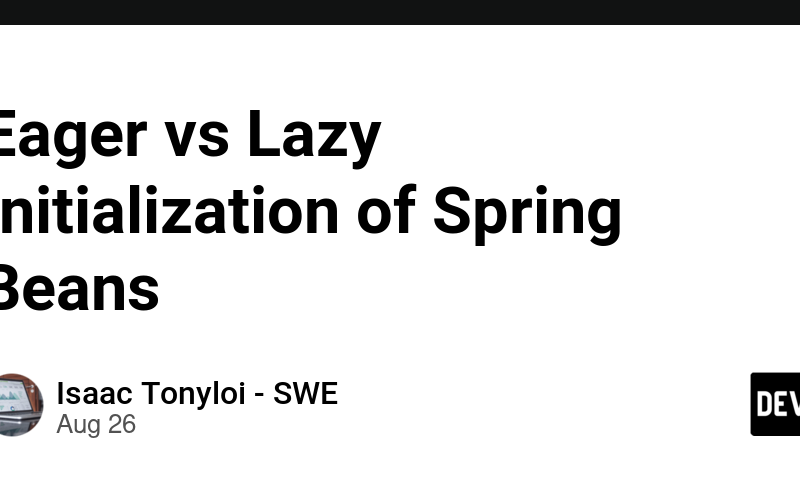04
Oct
Last year I first learned about Hacktoberfest where devs are encouraged to contribute into open-source projects. I managed to pass the challenge, although I spent a lot of time going through many projects from first class global tools (where I didn't see how to contribute) to totally meaningless "Hello, Worlds" (where I didn't see why to contribute). In 2024, I am looking for struggle through this once again. But this time, I also wanted to place something on the other pan of the scale. I am working here and there on number of different side projects in my GitHub repo.…










